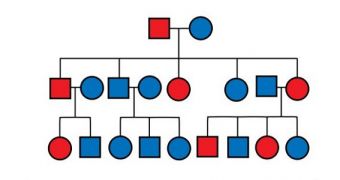A team led by Frank Longo, MD, PhD, a neuroscientist at Stanford University, announces the development of a drug that was able to cure symptoms of the dreaded Huntington’s disease in mice.
The chemical works by affecting bulky proteinaceous molecules called neurotrophins, which play an important role in promoting the survival of brain cells. The drug proved effective in two separate mouse models of this neurodegenerative condition, Science Blog reports.
In a paper published in the latest issue of the Journal of Neuroscience, Longo and his team explain that the key to their research is a small molecule called LM22A-4, which is capable of mimicking the actions of the brain-derived neurotrophic factor (BDNF molecule) despite being one seventieth of its size.
Huntington's disease is a genetic neurodegenerative disorder for which there is no known cure today. It starts off by producing jerky motions in patients, and then leads to cognitive and psychiatric issues. Eventually, the brain is so severely affected that it simply shuts down.

 14 DAY TRIAL //
14 DAY TRIAL //